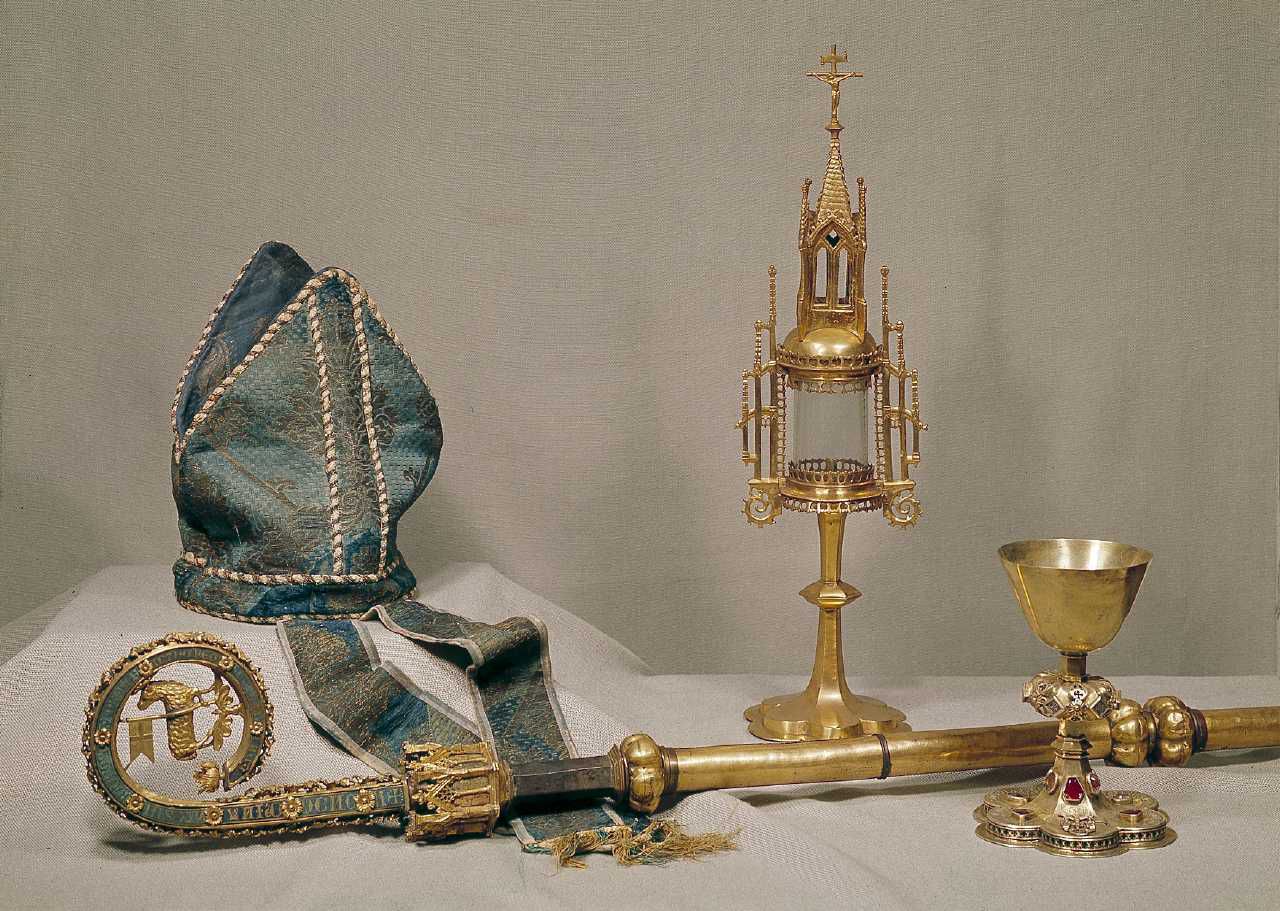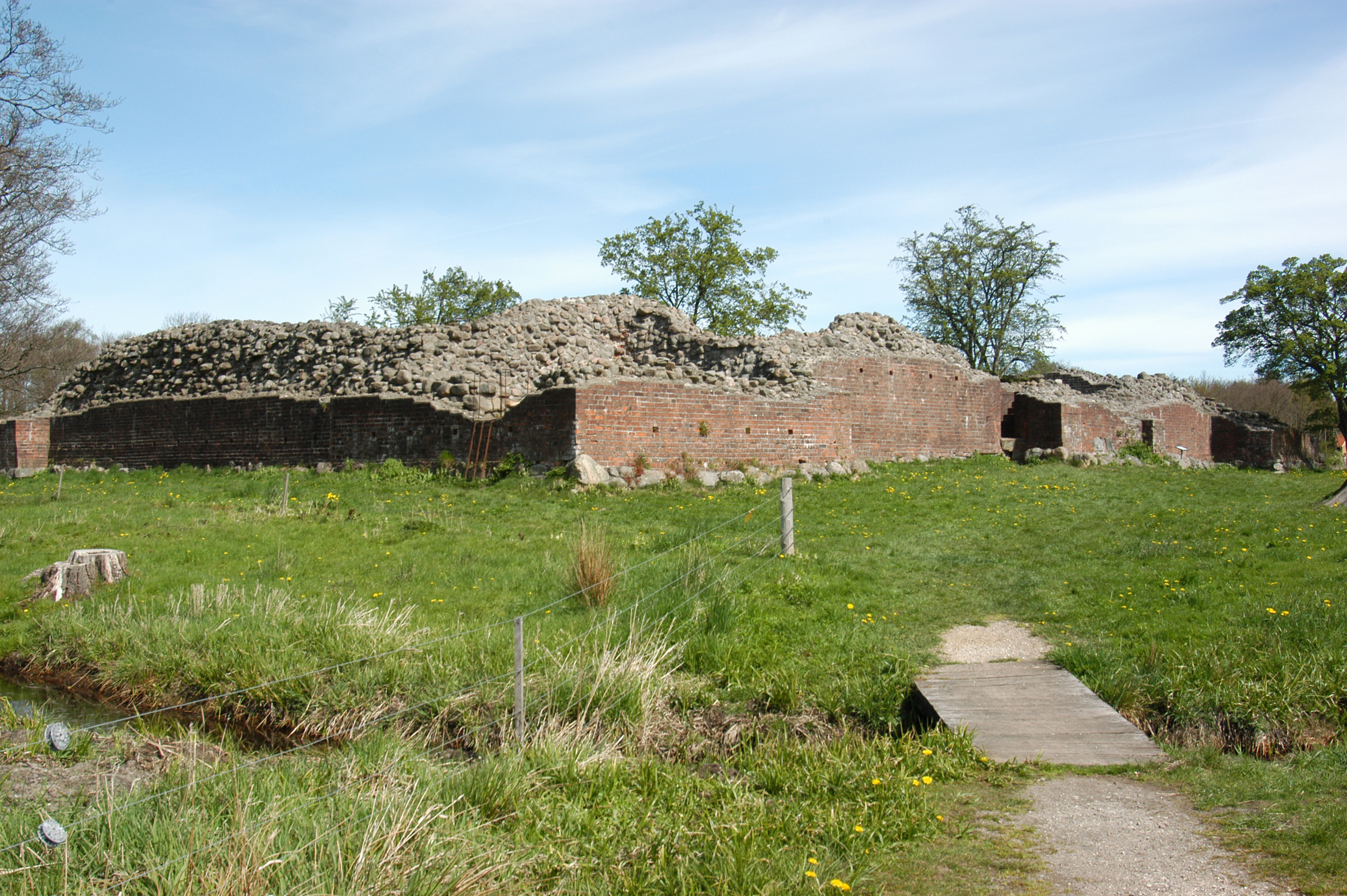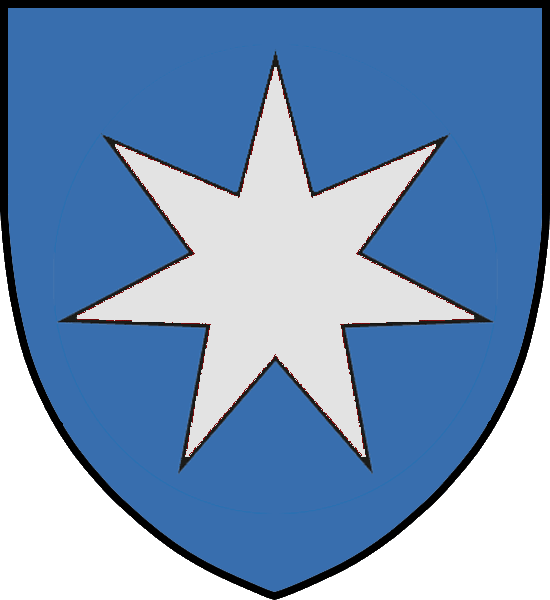|
Sorø Abbey
Sorø Abbey was the preeminent and wealthiest monastic house in all of Denmark during the Middle Ages. It was located in the town of Sorø in central Zealand. After Denmark became Lutheran in 1536, the abbey was confiscated by the Crown. The abbey was turned into the Sorø Academy in 1623, an educational institution that has served as a knight academy, a venue for higher learning during the Danish Golden Age. It survives to date as a boarding school. History The Sorø Abbey was founded by the brothers '' Ebbe Skjalmsen Hvide'' and ''Asser Rig (Hvide)'', who were sons of Skjalm Hvide. They were Zealand's most powerful nobles when in 1140 they founded and in 1142 consecrated the abbey. Dansk Biografiske Lexicon. Near Sorø, Ebbe also erected the Bjernede Church, and Asser established a Benedictine House, just a few years prior to his death in 1151. Asser then lived as a monk for the last years of his life. It was common practice for wealthy and powerful individuals and f ... [...More Info...] [...Related Items...] OR: [Wikipedia] [Google] [Baidu] |
Sorø
Sorø () is a town in Sorø municipality in Region Sjælland on the island of Zealand (''Sjælland'') in east Denmark. The population is 7,999 (2022).BY3: Population 1. January by rural and urban areas, area and population density The Mobile Statbank from Statistics Denmark The municipal council and the regional council are located in Sorø. Sorø was founded in 1161 by , later the founder of |
Bjernede Church
Bjernede Church () is a medieval era round church located near Sorø, Denmark. It is one of only seven remaining round churches in Denmark and the only one of its kind on the island of Zealand. History The present church was built in circa 1170 by Sune Ebbesen, from the influential Hvide clan who belonged to King Valdemar II's social circle. His father, Ebbe Skjalmsen, the uncle of Bishop Absalon, had previously built a wooden church at the site. The tower of Sune Ebbesen's round church contains a room which the Hvide family used as an assemblage hall. Architecture The lower part of the church stands in granite while the upper part is made of brick, a relatively new material at the time which had only been used in Denmark since the 1140s. The inspiration for the design most likely came from the former St. George's Church () of Schlamersdorf in Wagria which Sune Ebbesen had visited several times as a military commander. Bjernede Church, Horne Church on Funen and Thorsager Church ... [...More Info...] [...Related Items...] OR: [Wikipedia] [Google] [Baidu] |
Christian IV
Christian IV (12 April 1577 – 28 February 1648) was King of Denmark and Norway and Duke of Holstein and Schleswig from 1588 until his death in 1648. His reign of 59 years, 330 days is the longest of Danish monarchs and Scandinavian monarchies. A member of the House of Oldenburg, Christian began his personal rule of Denmark in 1596 at the age of 19. He is remembered as one of the most popular, ambitious, and proactive Danish kings, having initiated many reforms and projects. Christian IV obtained for his kingdom a level of stability and wealth that was virtually unmatched elsewhere in Europe. He engaged Denmark in numerous wars, most notably the Thirty Years' War (1618–1648), which devastated much of Germany, undermined the Danish economy, and cost Denmark some of its conquered territories. He rebuilt and renamed the Norwegian capital Oslo as ''Christiania'' after himself, a name used until 1925. Early years Birth and family Christian was born at Frederiksborg Cas ... [...More Info...] [...Related Items...] OR: [Wikipedia] [Google] [Baidu] |
Frederick II Of Denmark
Frederick II (1 July 1534 – 4 April 1588) was King of Denmark and Norway and Duke of Schleswig and Holstein from 1559 until his death. A member of the House of Oldenburg, Frederick began his personal rule of Denmark-Norway at the age of 24. He inherited a capable and strong kingdom, formed in large by his father after the civil war known as the Count's Feud, after which Denmark saw a period of economic recovery and of a great increase in the centralised authority of the Crown. Frederick was, especially in his youth and unlike his father, belligerent and adversarial, aroused by honor and national pride, and so he began his reign auspiciously with a campaign under the aged Johan Rantzau, which reconquered Dithmarschen. However, after miscalculating the cost of the Northern Seven Years' War, he pursued a more prudent foreign policy. The remainder of Frederick II's reign was a period of tranquillity, in which king and nobles prospered. Frederick spent more time hunting and f ... [...More Info...] [...Related Items...] OR: [Wikipedia] [Google] [Baidu] |
Reformation In Denmark
The Reformation (alternatively named the Protestant Reformation or the European Reformation) was a major movement within Western Christianity in 16th-century Europe that posed a religious and political challenge to the Catholic Church and in particular to papal authority, arising from what were perceived to be errors, abuses, and discrepancies by the Catholic Church. The Reformation was the start of Protestantism and the split of the Western Church into Protestantism and what is now the Roman Catholic Church. It is also considered to be one of the events that signified the end of the Middle Ages and the beginning of the early modern period in Europe.Davies ''Europe'' pp. 291–293 Prior to Martin Luther, there were many earlier reform movements. Although the Reformation is usually considered to have started with the publication of the ''Ninety-five Theses'' by Martin Luther in 1517, he was not excommunicated by Pope Leo X until January 1521. The Diet of Worms of May 1521 ... [...More Info...] [...Related Items...] OR: [Wikipedia] [Google] [Baidu] |
Margaret I Of Denmark
Margaret I ( da, Margrete Valdemarsdatter; March 1353 – 28 October 1412) was ruler of Denmark, Norway, and Sweden (which included Finland) from the late 1380s until her death, and the founder of the Kalmar Union that joined the Scandinavian kingdoms together for over a century. She had been Norway's queen consort 1363–1380 and Sweden's 1363–1364, since then titled ''Queen''. Margaret was known as a wise, energetic and capable leader, who governed with "farsighted tact and caution," earning the nickname "Semiramis of the North". She was derisively called "King Breechless", one of several derogatory nicknames invented by her rival Albert of Mecklenburg, but was also known by her subjects as "Lady King", which became widely used in recognition of her capabilities. Knut Gjerset calls her "the first great ruling queen in European history." The youngest daughter of King Valdemar IV of Denmark, Margaret was born at Søborg Castle. She was a practical, patient administrator and d ... [...More Info...] [...Related Items...] OR: [Wikipedia] [Google] [Baidu] |
Olav IV Of Norway
no, Olav Håkonsson , house = Bjelbo , father = Haakon VI of Norway , mother = Margaret I of Denmark , birth_date = , birth_place = Akershus Castle, Oslo , death_date = , death_place = Falsterbo Castle, Falsterbo , place of burial= Sorø Abbey, Sorø, Denmark , religion = Roman Catholicism } Olaf II of Denmark (December 1370 – 3 August 1387) was King of Denmark as Olaf II (though occasionally referred to as Olaf III) from 1376 and King of Norway as Olaf IV from 1380 until his death. Olaf was the son of Queen Margaret I of Denmark and King Haakon VI of Norway, and grandson of kings Magnus IV of Sweden and Valdemar IV of Denmark. Reign When his grandfather Valdemar IV of Denmark died, Olaf was just five years old. He was proclaimed king of Denmark by a Danehof in Slagelse the following year. His mother, Queen Margaret, was to serve as regent due to his young age. His proclamation included the title "true heir of Sweden" ad ... [...More Info...] [...Related Items...] OR: [Wikipedia] [Google] [Baidu] |
Valdemar IV Of Denmark
Valdemar IV Atterdag (the epithet meaning "Return of the Day"), or Waldemar (132024 October 1375) was King of Denmark from 1340 to 1375. He is mostly known for his reunion of Denmark after the bankruptcy and mortgaging of the country to finance wars under previous rulers. Accession He was the youngest son of King Christopher II of Denmark and Euphemia of Pomerania. He spent most of his childhood and youth in exile at the court of Emperor Louis IV in Bavaria, after the defeats of his father and the death and imprisonment, respectively, of his two older brothers, Eric and Otto, at the hand of the Holsteiners. Here he acted as a pretender, waiting for a comeback. Following the assassination of Gerhard III, Count of Holstein-Rendsburg, by Niels Ebbesen and his brothers, Valdemar was proclaimed king of Denmark at the Viborg Assembly (''landsting'') on St John's Day (St Hans' Day) on 24 June 1340, led by Ebbesen. By his marriage with Helvig of Schleswig, the daughter of Eric II, Du ... [...More Info...] [...Related Items...] OR: [Wikipedia] [Google] [Baidu] |
Christopher II Of Denmark
Christopher II (; 29 September 1276 – 2 August 1332) was King of Denmark from 1320 to 1326 and again from 1329 until his death. He was a younger son of Eric V. His name is connected with national disaster, as his rule ended in an almost total dissolution of the Danish state. Biography Being the brother of King Eric VI who reigned from 1286 until 1319, Christopher was a possible heir to the throne. As a young man with the title of Duke of Estonia, he supported the politics of his brother. Among other things he arrested Archbishop Jens Grand in 1294. But later on he joined the opposition and went into exile at the death of Eric in 1319. The magnates wanted a weak royal power, and Christopher was elected as king in January 1320; in return he signed a contractual håndfæstning, the first time this kind of document was used as a coronation charter. He received a "bankrupt estate" in which entire regions of the kingdom were mortgaged to German and Danish magnates. The condi ... [...More Info...] [...Related Items...] OR: [Wikipedia] [Google] [Baidu] |
Hvide
Hvide (English: ''Whites'') was a medieval Danish clan, and afterwards in early modern era a Danish noble surname of presumably one surviving branch of leaders of that clan. Before the 16th century it was not used as a surname. It signified the color white. Medieval Hvide clan The Hvide were influential in the Danish island of Zealand, and occasionally in other close parts of the country, such as other Danish islands and Skåne. They had a stronghold in Jørlunde. A folktale of the clan name contrasts this clan against the "black" clan of Viking leaders of Skåne (that then belonged to Denmark but now belongs to Sweden) ("Svarte Skåning") who had Thor as their chief god. The white islander clan were "protectees" of non-black god Odin. The Hvide leaders seem to have been among first to convert to Christianity, and later, the clansmen regularly rose to highest positions of Danish church, including several Roman Catholic archbishops of Lund. Several leaders of the clan a ... [...More Info...] [...Related Items...] OR: [Wikipedia] [Google] [Baidu] |
Esrum Abbey
Esrum Abbey, also Esrom Abbey ( da, Esrum or ), was the second Cistercian The Cistercians, () officially the Order of Cistercians ( la, (Sacer) Ordo Cisterciensis, abbreviated as OCist or SOCist), are a Catholic religious order of monks and nuns that branched off from the Benedictines and follow the Rule of Saint ... monastery founded in Denmark, located near Hillerød in Region Hovedstaden, on the island of Zealand (Denmark), Zealand (Sjælland), on the north side of the Esrum Sø (Lake Esrum) near Esbønderup and Græsted. History Monastery Esrum Abbey began as a Order of St. Benedict, Benedictine foundation, perhaps in about 1140, and was built near a pre-Christian religious site, later called Esrum Spring, where a small wooden stave chapel may have existed before the abbey was established. The foundation was taken over by the Cistercians in 1151 on the authority of Archbishop Eskil of Lund, and was counted as a daughter house of Clairvaux Abbey, Clairvaux. E ... [...More Info...] [...Related Items...] OR: [Wikipedia] [Google] [Baidu] |




.jpg)
.png)


